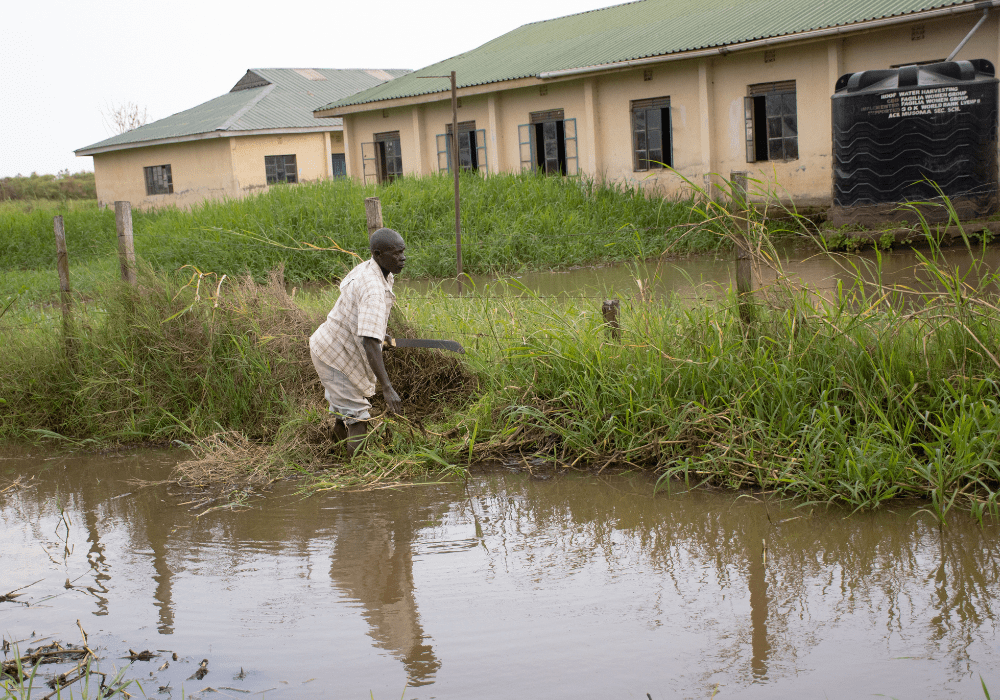
Kenya has been overwhelmed by catastrophic floods resulting in significant loss and suffering since the early rains of March 2024. The severe downpour has unleashed a level of destruction unseen by Kenyans for decades. In rural regions, the full extent of the damages remains unknown. The floods have left 228 Kenyans dead and 23,000 families displaced.
The floods have devastated communities along Lake Turkana, as the current carried away many family homes and belongings. Hot I Awara, head of the Daasanach tribe, suffered significant losses as a result of the flood. The chief said, “Everything went with the water. We have nothing. I have no food.”
In addition to the immediate loss of lives and property, the floods have caused a public health emergency. Crops have been destroyed by the flooding, exacerbating food scarcity in the region. Meanwhile, stagnant water has provided a breeding ground for mosquitoes, contributing to an increase in malaria cases. Cholera and other waterborne infections present a possible concern as well. The psychological toll is likewise high, with many survivors, especially children, devastated by the incident.
Humanitarian organizations such as Mission Aviation Fellowship (MAF) have been working to rebuild flood-affected areas. Since the rains have wrecked several roads, MAF has utilized small planes to deliver supplies such as clean water, food, and shelter materials to remote locations.
Even with these efforts, ongoing and comprehensive action is necessary to manage the scale of the catastrophe. Kenya’s susceptibility to climate change has been revealed by the floods, prompting serious concerns about the readiness and resilience of the nation. While rebuilding and giving aid remain the primary priorities as communities work to recover, long-term plans are required to reduce disaster risks in the future.
By Maya Caple
